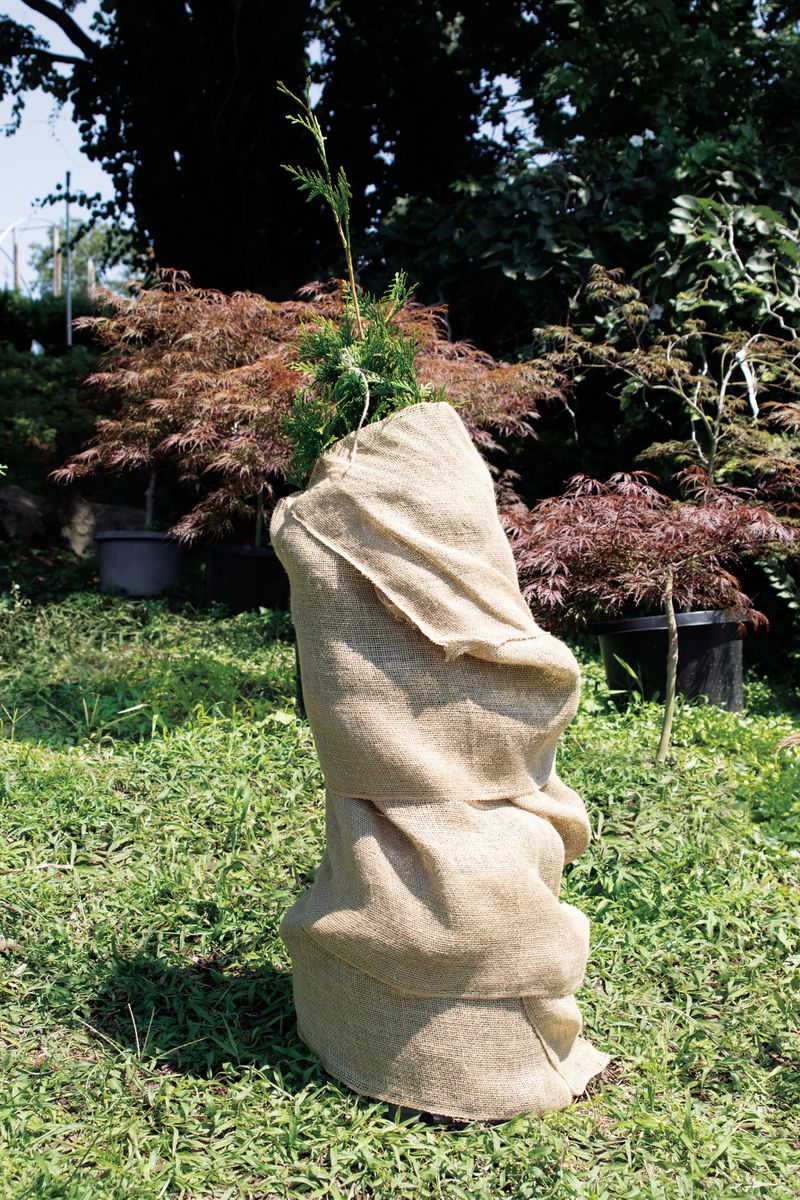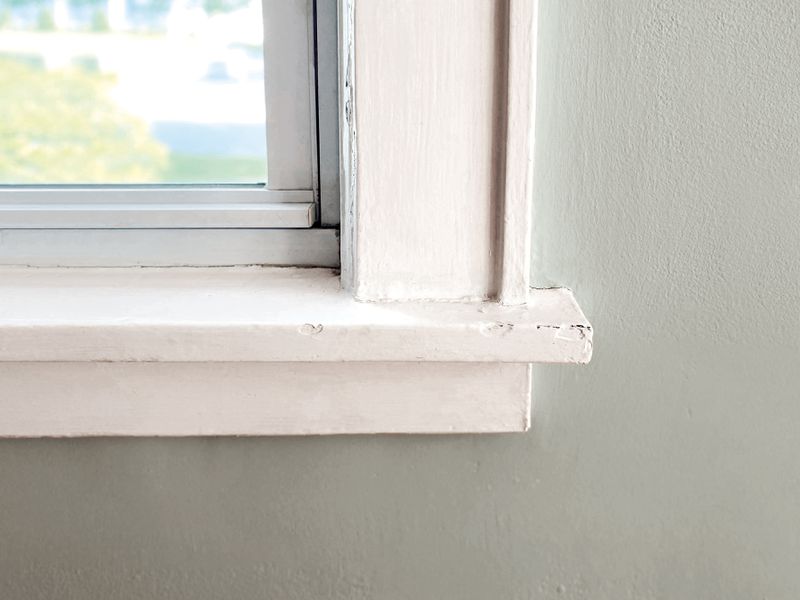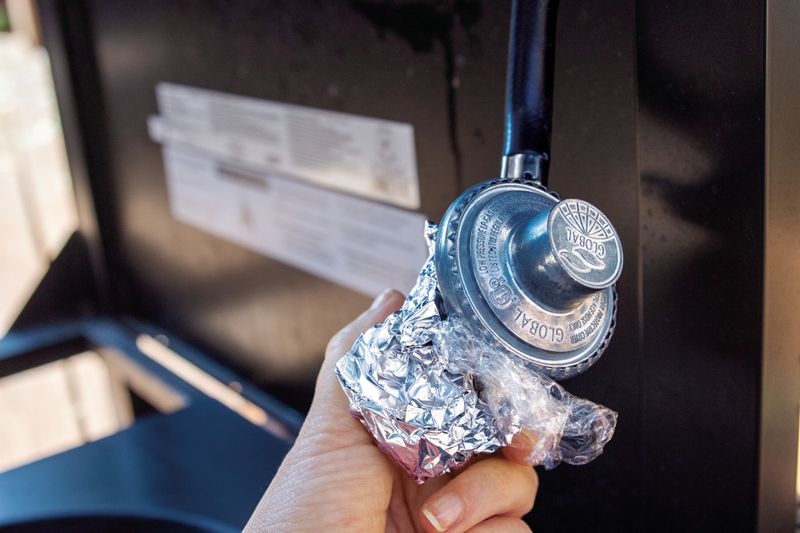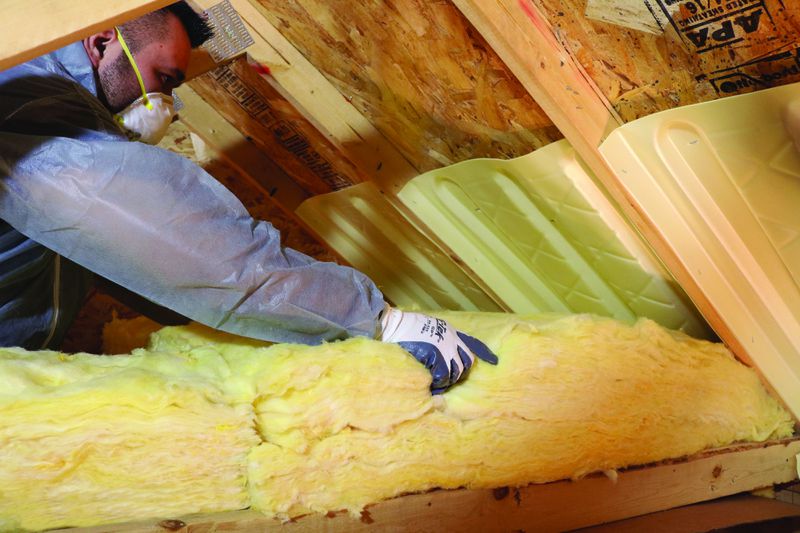Simple Ways to Safeguard Your Home in Winter

>

iStock
These small projects will safeguard you and your home through the cold-weather months.
This story originally appeared in the Winter 2021 Issue of This Old House Magazine. Click here to learn how to subscribe.
When it comes to preparing your home for the winter months, simple tasks can add up to big payoffs. Read on to learn more easy ways to safeguard your home in the winter.
Degrease the range-hood fan and filter

iStockThe dirt and grease that collect inside your vent hood decrease its efficiency, trap odors, and can even catch fire. Prevent all three by cleaning the hood’s filter and drip tray, as well as the fan blades or turbine. Follow the manufacturer’s instructions for removing them, then pop the parts in the dishwasher. If they don’t fit or are encrusted with gunk, soak them in a 1:1 solution of hot water and a degreaser for at least 10 minutes; scrub, rinse, and dry.
Protect your evergreens

This Old House ProductionThe upright branches of soft-stemmed conifers like arborvitae and columnar cedars and junipers are vulnerable to splaying, bending, and even breaking when weighed down by heavy snow and ice loads it can take up to a year for them to regain their shape.
To prevent such damage, loosely tie together the top branches of individual trees with loops of twine. Immature trees benefit from being covered with a loose burlap wrap that extends to the ground. Remove the wraps when the threat of heavy snow has passed.
TLC for your handheld garden tools
You winterize power equipment by changing oil and adding fuel stabilizers, but hand tools that get down and dirty need some care, too. Scrub blades clean with a wire brush, sharpen them with a file as needed, then spray on a thin coat of WD-40 to prevent rust. Sand worn wood handles smooth of splinters, and apply a fresh coat of oil or stain with a rag. If the handle is cracked, replace it with a new one.
Touch up painted woodwork

This Old House ProductionThe holiday season is an excellent time to take inventory of any dinged paint on door and window casings or baseboards.
To touch them up: Lightly sand the chipped area smooth with 120-grit paper; coat bare wood with an oil-based primer; then dab on paint with a soft artist’s brush. If the chip is too deep to sand smooth, apply wood filler, let dry, then sand it with 180-grit paper before priming and painting.
Check gauges on fire extinguishers
The moment to discover your fire extinguisher needs a charge is not when you smell smoke. The National Fire Protection Association (NFPA) recommends a monthly inspection to blow dust and insects out of the nozzle and to make sure the pressure gauge shows it’s within an operable range. If it isn’t, look online for a certified fire-protection service to refill it. Replace non-rechargeable units that are low on pressure (push the TEST button) or any unit that shows rust, dents, or leaks.
Put your gas grill to bed for the season

This Old House ProductionFirst, burn off food and grease by running it on HIGH for 15 minutes with the lid down. When cool, scrub the burners with a dry nylon brush. Clean the grates and grease pan with hot soapy water; put them back when dry. Also, remove the ignition battery to prevent it from corroding. If the grill is staying outside, put a weatherproof cover over it.
Wheeling the grill into a garage or shed? Disconnect the tank and store it outside. Then wrap the grill’s regulator in plastic and aluminum foil to keep insects from crawling in and clogging it.
Make sure soffit vents are clear

Courtesy ADO ProductsIn an unfinished attic, soffit vents work with the ridge vent to ventilate the space and keep it cool. When they’re blocked by insulation, the trapped heat can melt snow on the roof and cause ice to build up at the eaves if it’s cold enough.
So before it snows, check the attic on a sunny day for blocked soffit vents. If you don’t see light coming through them, remove the blockage and staple baffles (shown above) at the base of each rafter bay to provide a permanent path for fresh air.
